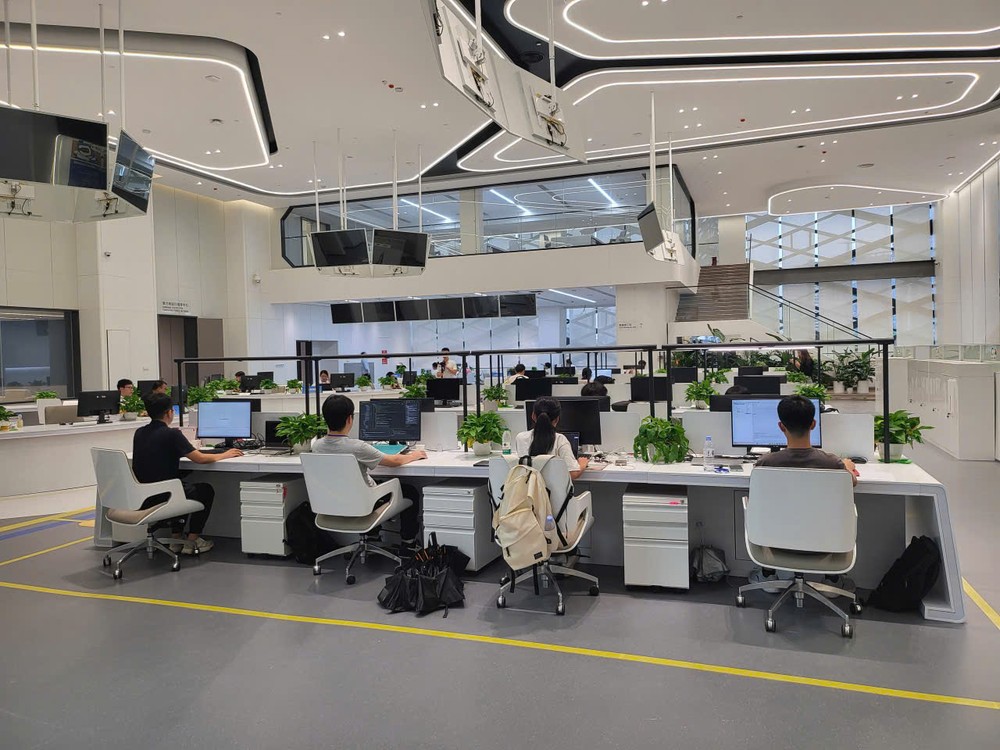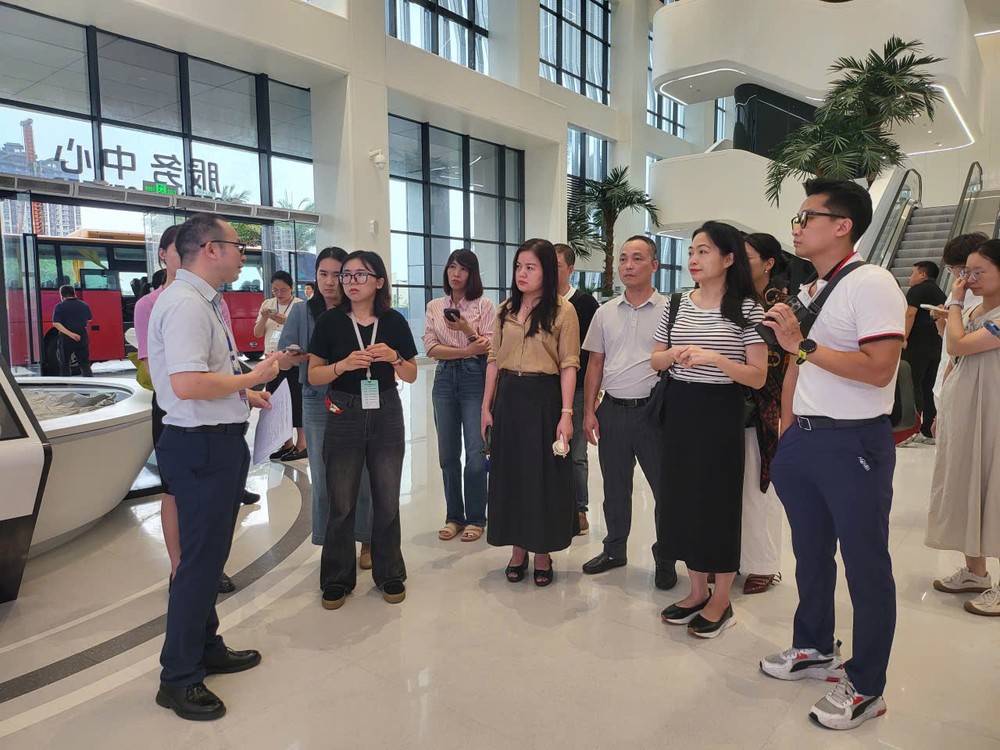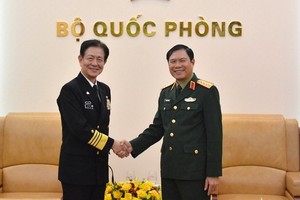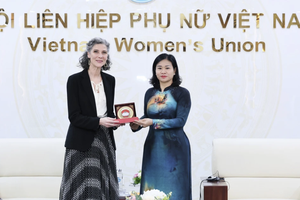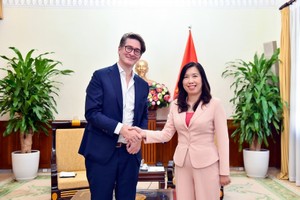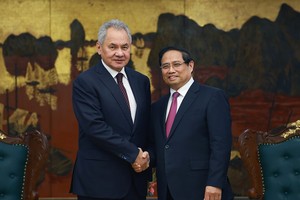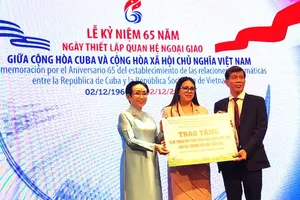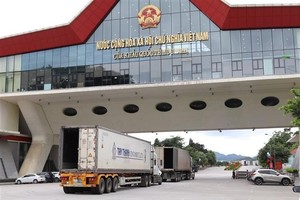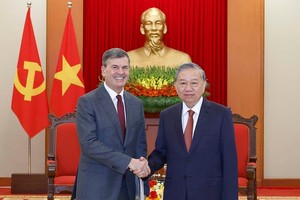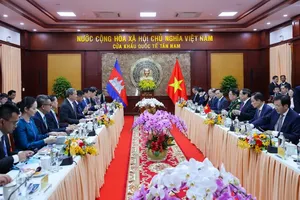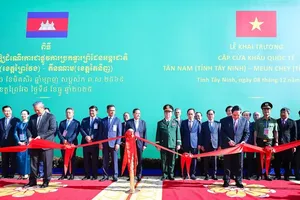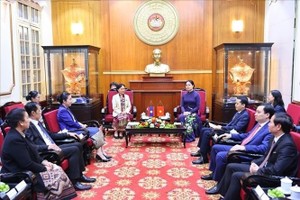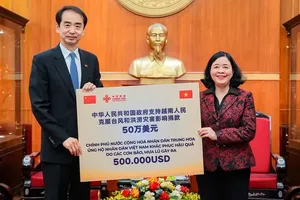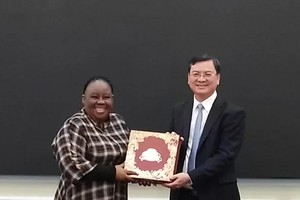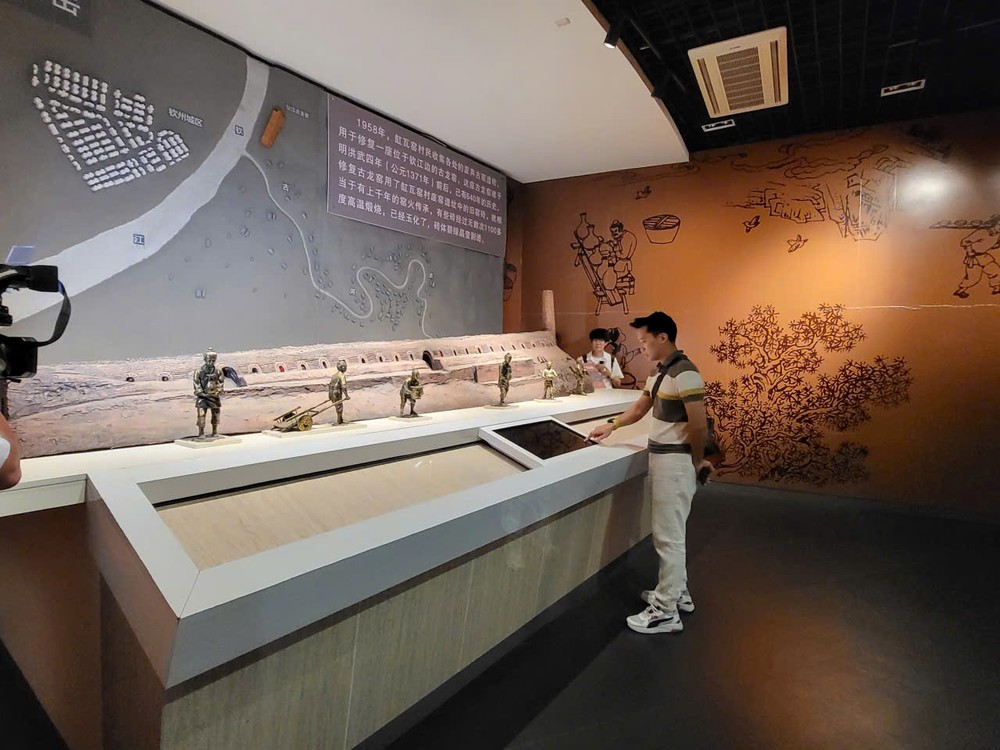
As part of the Vietnam–China Journalism Exchange and Cooperation Program, on August 6, a delegation of leading Vietnamese journalists visited Nixing Ceramics Museum in Qinzhou—home to one of China's four great ceramics—and the China–ASEAN Artificial Intelligence Cooperation Center in Guangxi Province, China.
At the museum, the delegation experienced firsthand the artistry of Qinzhou Nixing ceramics, a renowned craft recognized by UNESCO as an Intangible Cultural Heritage of Humanity. Known for its distinctive style, refined techniques, and wide variety of forms, Nixing ceramics draw from a rare local clay and a centuries-old tradition of craftsmanship. Qinzhou Nixing Ceramics Museum showcases over 1,000 valuable artifacts tracing the evolution of this ceramic line from the Song Dynasty (960–1279) to the present day. Today, Nixing ceramics are available in around 700 retail outlets worldwide.
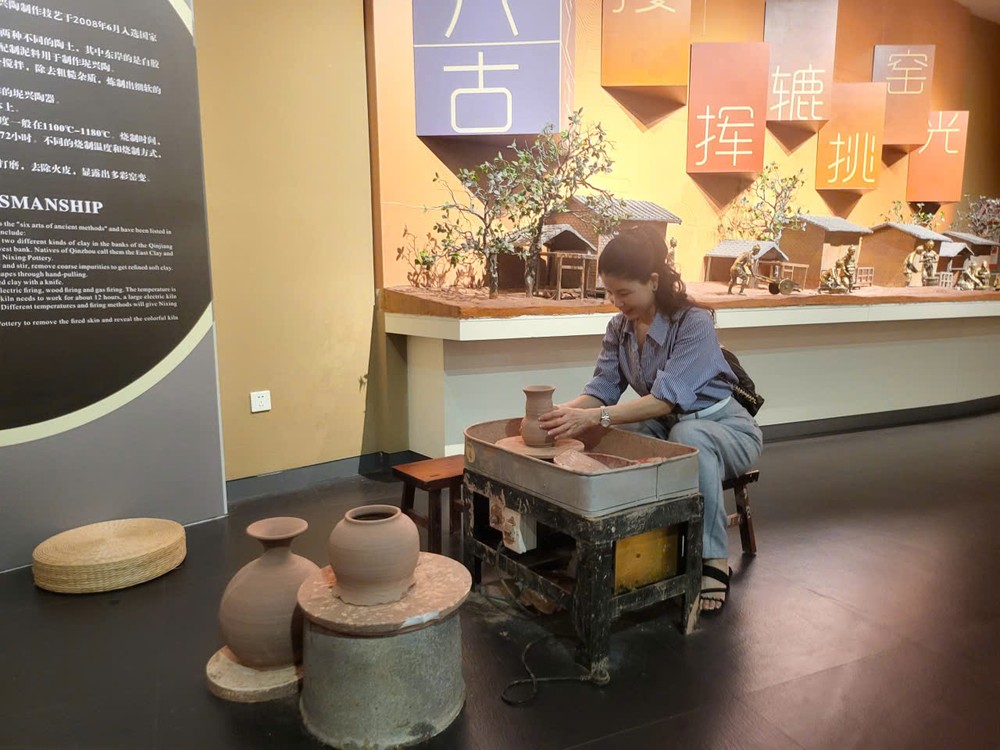

During their visit, the Vietnamese journalists were introduced to the historical origins, brand development, and intricate production process of this iconic ceramic tradition.

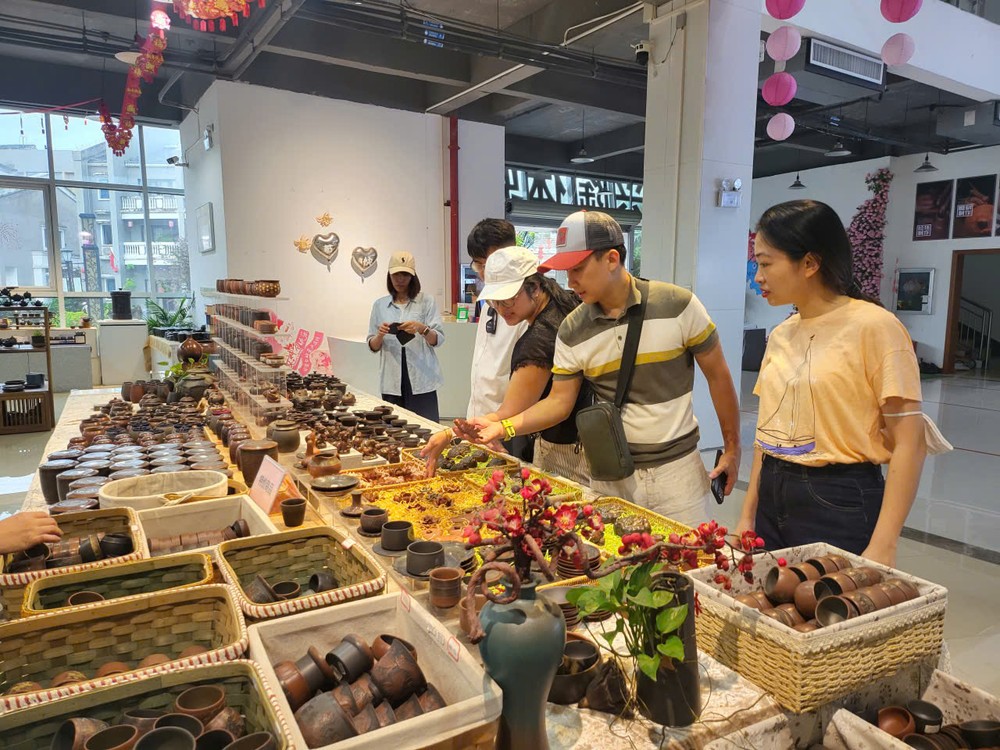
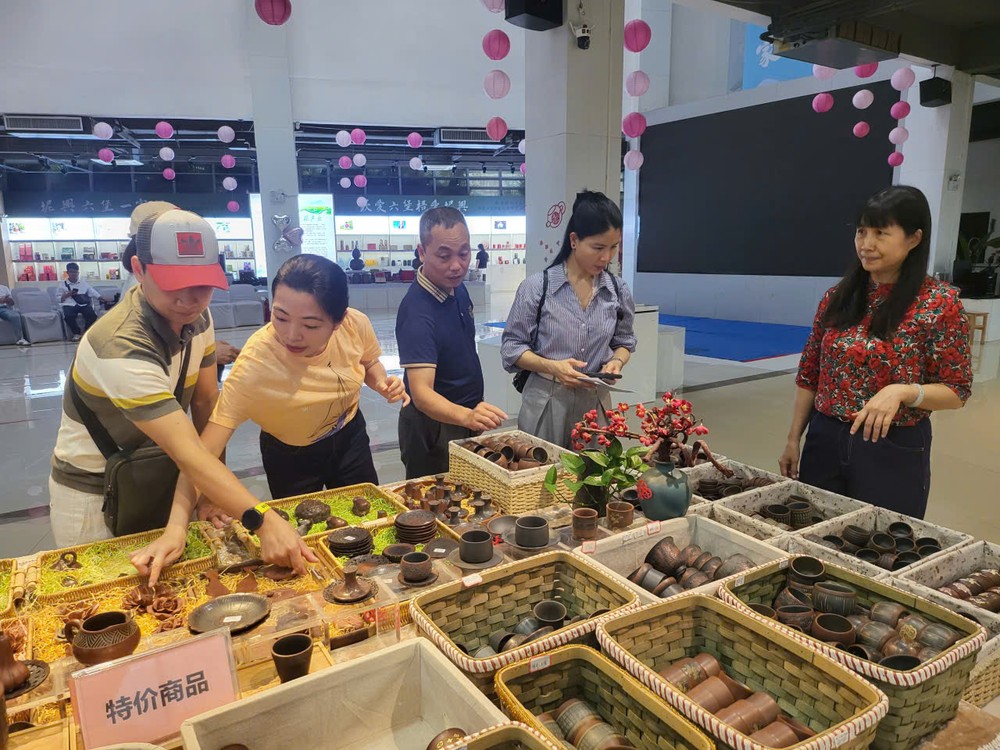

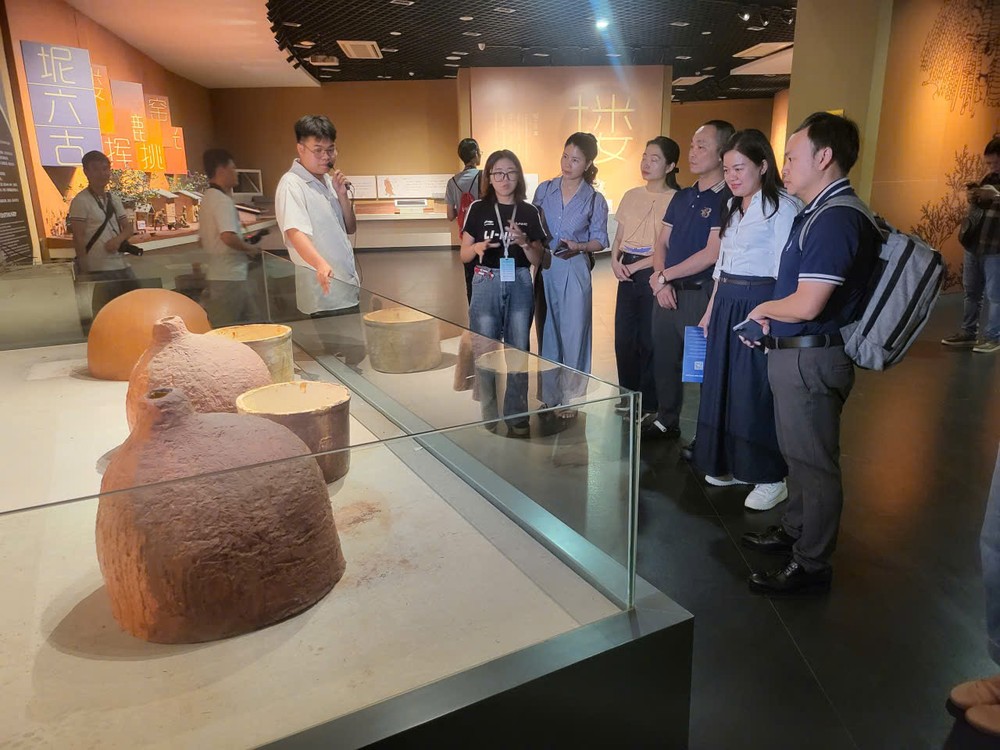
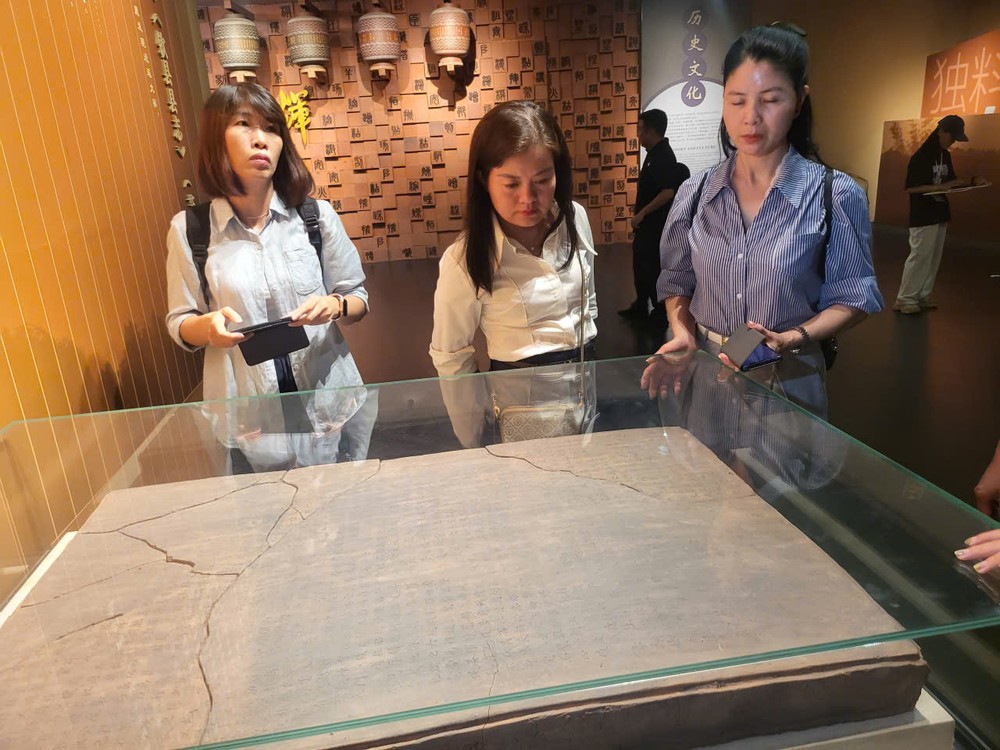
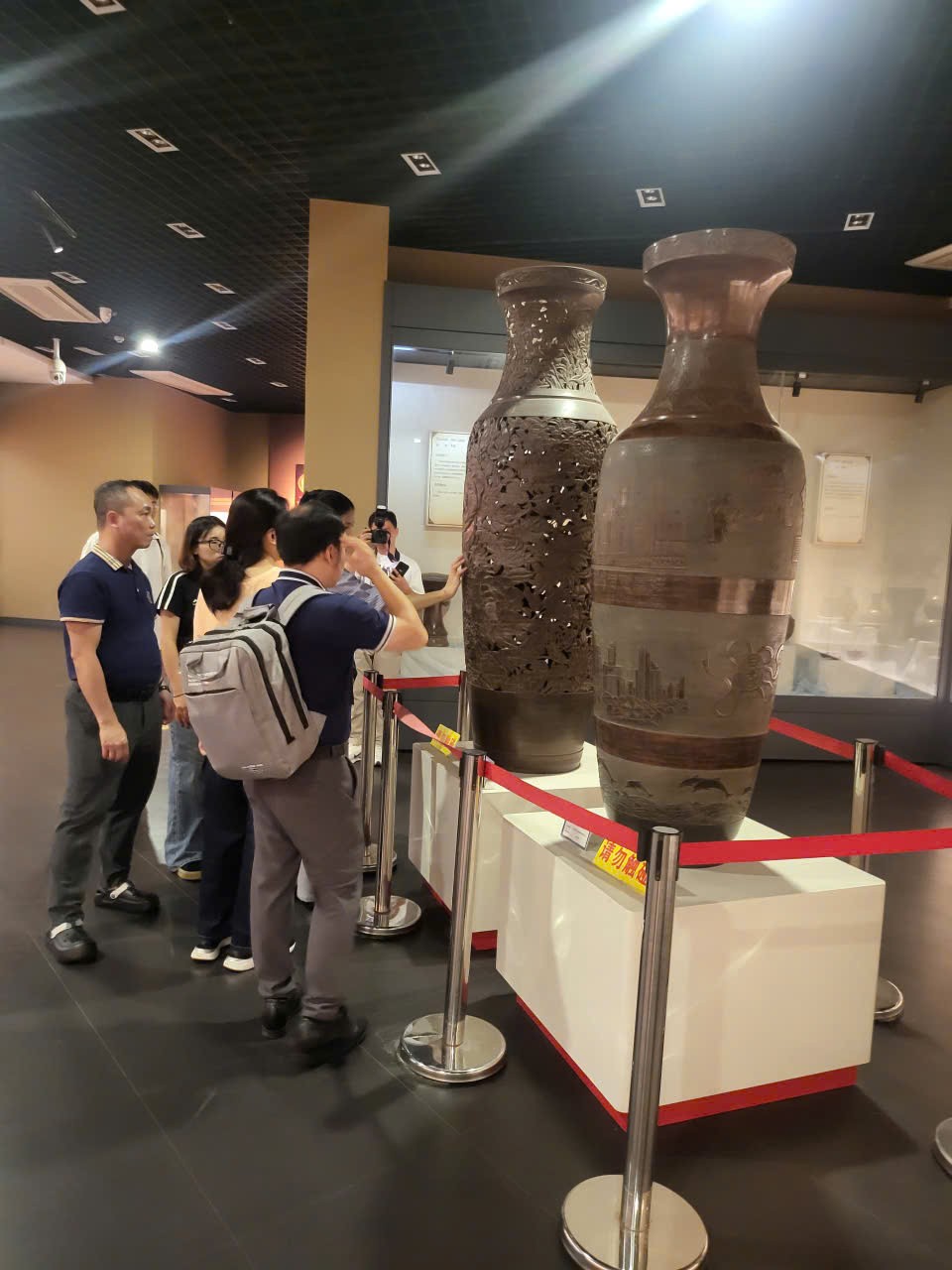
Earlier in the day, the delegation visited the China–ASEAN Artificial Intelligence Cooperation Center in Guangxi, where they were briefed on the center’s operations and regional initiatives.
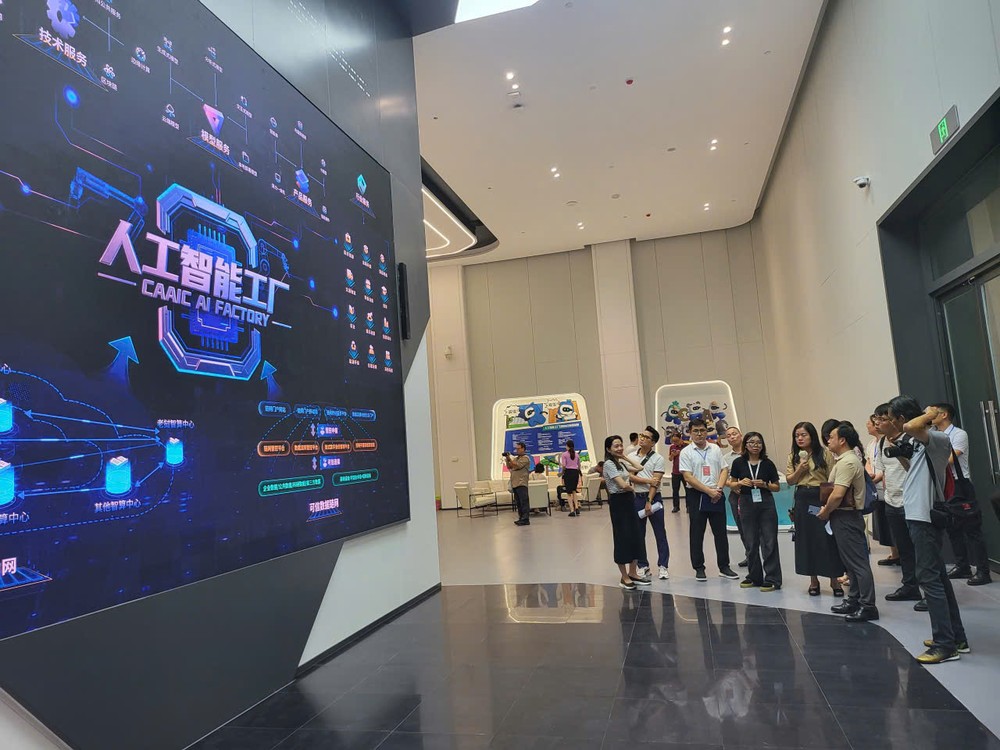
The center offers comprehensive support to AI enterprises, including data management, model development, computing infrastructure, regional collaboration, and high-quality talent cultivation. Notably, it provides substantial financial incentives, exempting or reducing local corporate income tax for the first five years, and offering a 50 percent reduction over the subsequent five years for companies that meet the applicable preferential tax criteria.
In addition, the center has established a dedicated AI Technology Fund worth 5 billion yuan (approximately VND17 trillion) to finance and accelerate innovation among AI-focused enterprises and startups.

